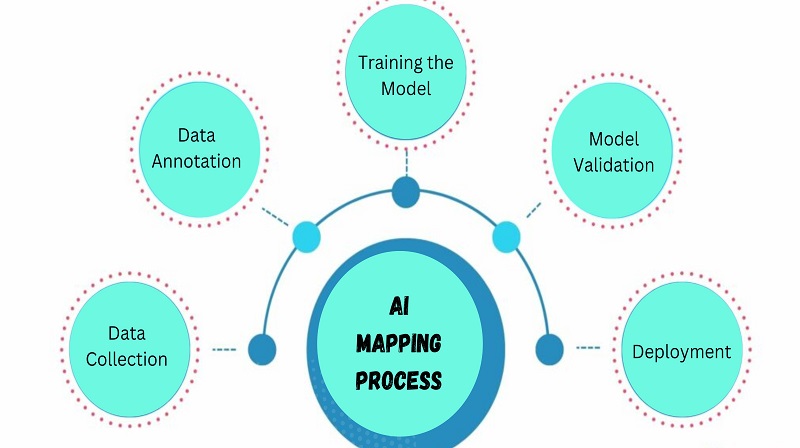
Unlocking Visual Data's Potential with Transformative AI
- by PLC
- Aug 16, 2023
In the ever-evolving landscape of technology, one term that has gained significant traction is Visual AI, short for Visual Artificial Intelligence. This cutting-edge technology combines the power of artificial intelligence with visual data, revolutionizing the way businesses operate and boosting productivity across various industries. From automating mundane tasks to enabling advanced image recognition, Visual AI is reshaping the workflow by mapping a streamlined process to enhanced productivity.
Understanding Visual AI
Visual AI refers to the application of artificial intelligence techniques to analyze and interpret visual data, which includes images, videos, and other graphical content. This technology leverages machine learning algorithms to recognize patterns, objects, and features within these visuals, enabling computers to understand and interact with the visual world in ways previously thought impossible.
Mapping the Process
- Data Collection: The process begins with the collection of vast amounts of visual data. This data can range from images of products, scenes, or even medical scans. Through various sources like cameras, sensors, and online platforms, data is accumulated and prepared for analysis.
- Data Annotation: To train AI models, the collected data needs to be labeled or annotated. This step involves adding metadata to images or videos, marking objects of interest, and categorizing them. For instance, in autonomous vehicles, Visual AI can identify pedestrians, road signs, and other vehicles – all made possible through meticulous annotation.
- Training the Model: AI models are then trained using annotated data. This involves feeding the data into deep learning algorithms that learn to identify and differentiate patterns. The model adjusts its internal parameters until it can accurately recognize objects, features, or even entire scenes.
- Model Validation: To ensure accuracy, the trained model is tested with new, unseen data. Fine-tuning occurs to enhance its performance and minimize errors. Validation is an iterative process until the model reaches an acceptable level of precision.
- Deployment: Once the model is validated, it's ready for deployment. Whether in manufacturing, healthcare, retail, or any other sector, the AI model can now analyze and interpret visual data in real-time, making decisions or providing insights based on its training.
Enhancing Productivity
- Automating Tasks: Visual AI eliminates the need for manual inspection and analysis of visual data. For example, in quality control within manufacturing, Visual AI can swiftly detect defects in products, reducing the need for human intervention and accelerating the production process.
- Improved Decision-Making: Businesses can make data-driven decisions faster with Visual AI. Retailers, for instance, can analyze customer behavior in stores through surveillance footage, optimizing product placement and store layouts for better customer engagement.
- Medical Diagnosis: Visual AI aids medical professionals by interpreting medical images such as X-rays and MRIs. It can identify anomalies with incredible precision, assisting doctors in diagnosing illnesses and expediting patient care.
- Enhanced Security: Visual AI strengthens security systems by recognizing faces, objects, and even suspicious activities. This is seen in facial recognition for unlocking devices and enhancing surveillance in public spaces.
- Innovation: Visual AI opens doors for new innovations. Augmented reality applications, self-driving cars, and even art generation are driven by the capabilities of Visual AI.
Visual AI is a transformative force that takes visual data analysis to unparalleled heights. By mapping the process of data collection, annotation, model training, validation, and deployment, businesses can harness its power to boost productivity across industries. From automating tasks to improving decision-making, the impact of Visual AI is reshaping the way we work and interact with technology, ultimately propelling us into a more efficient and innovative future.












